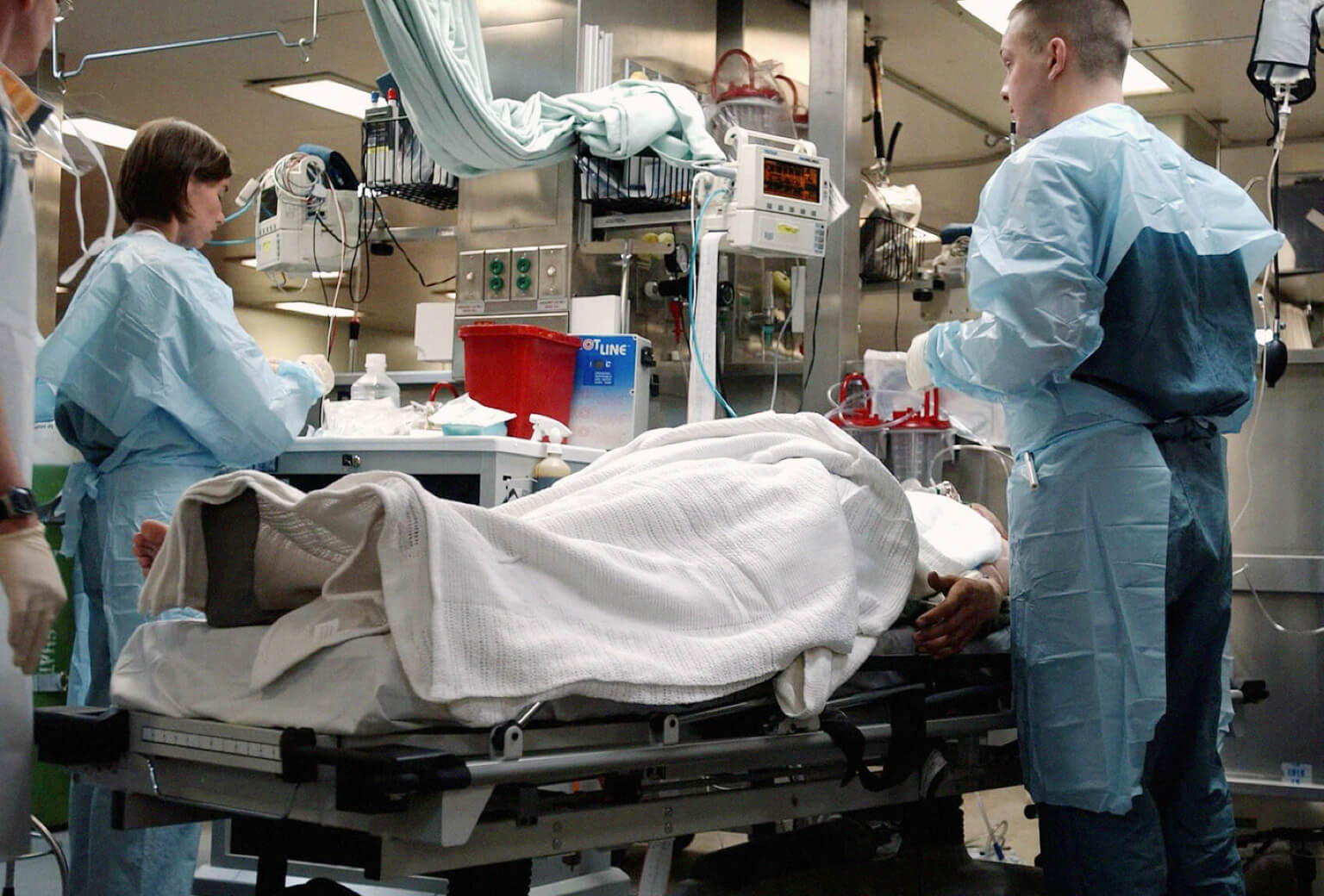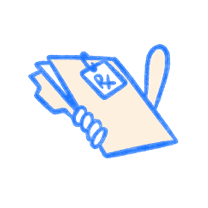Why I Made the Change to Emergency Nursing
After working for five years on a medical-surgical floor, I was ready to move on to more challenging patient care. Although the ICU had an opening, it required going back to the night shift. The ER, however, had a day-evening rotation position which is where I chose to focus.
People suggest before working in an ER that it’s helpful to spend some time shadowing an emergency nurse or taking an EMT class. I had not done either, though I highly recommend doing so.
I just knew I was ready to grow and learn about a new patient population, so I applied.
During my interview, I emphasized the qualities I have that emergency nurses need:
- Strong organizational skills
- Leadership qualities and the ability to delegate
- Independent thinking
- Flexibility in the face of changing priorities and patient workloads
- Broad knowledge of pathophysiology
After interviewing with the nurse manager, I was hired!

How My Training in the ER began
My orientation began with the ER educational coordinator organizing a structured plan for me. She buddied me with senior emergency nurses and sent me to formal classes to learn the skills I needed to feel comfortable in my new role.
The emergency room is a fast-moving, controlled chaotic place. You need to be confident in your assessment skills and your ability to do hands-on care.
It was both thrilling and scary to be right on the front line, deciding the patient’s best healthcare direction. My input mattered and could make all the difference in getting patients on the right road to recovery.
What Certifications Did I Obtain?
In addition to Basic Cardiac Life Support (BCLS), emergency nurses must have an Advanced Cardiac Life Support (ACLS) certification to work in the acute care rooms.
As emergency nurses gain more experience, there is an alphabet soup of more certifications to acquire.
Mobile Intensive Care Nurse
I trained to be a Mobile Intensive Care Nurse (MICN), where I learned to give orders to paramedics on the radio for pre-hospital care in the field. To become a MICN, you need paramedic ride-along experience. Before I did my ride-along, I didn’t fully understand how hard it is to get someone on a gurney out of their bedroom, through the doorway of a small apartment, and downstairs to a waiting ambulance.
Trauma Nurse
I also obtained my Trauma Nurse Certification (TNCC) so I could work in the trauma room. As a trauma nurse, I learned to manage patients transported to the ER after a motor vehicle accident (MVA), a fall from a building, a shooting, or some other catastrophic injury.
Certified Emergency Nurse
Becoming a Certified Emergency Nurse (CEN) was my overall certification recognizing that I had achieved broad experience managing the variety of patients that appear in the ER setting.
There are plenty of certifications to achieve for those who want more expertise in areas like Pediatric Critical Care or Flight Nursing. It’s all about where you want to focus.
What Types of Patients Did I See in the ER?
I saw everything and everybody in the ER. From a bad case of the flu to a gastrointestinal bleeder, and everything in between. You may have a pediatric febrile seizure patient in one room and someone who just had a stroke in another. I’ve taken care of a baby that was minutes old (delivered in the ambulance) to a very elderly man who fractured his hip and had laid on the floor alone for almost two days until someone found him.
Once, a father ran into the ER carrying his three-year-old son, who was not breathing. As I turned around, he shoved his child into my arms. I took off running into the trauma room, yelling for the attending physician to follow me. My adrenaline was pumping, but once the team started working, we all calmed down and focused on what was needed to save this little boy.
What Was One of the Hardest Things I Had to Get Used to in the ER?
Assessing patients that I had never seen before and deciding what I thought might be wrong with them was difficult. When you work on a medical-surgical floor, all the patients are wearing blue gowns, and you know their diagnosis before you enter their room. Each patient has a chart full of their medical history, labs, and other reports.
The ER is completely different. You have to rely on the story the patient tells you about their current medical situation and your own assessment skills. There is no chart with test results to check. You have to decide if the person with chest pain is having an actual cardiac problem or just pulled a muscle.
Something I hadn’t thought about was observing skin color. It’s a lot more difficult when people are wearing red plaid collared shirts covered with their coats vs. a blue hospital gown. You cannot see their neck or chest well enough to decide how short of breath they are. And since you have never seen them before, you are not quite sure if looking pale is normal for them or they have a serious problem.
What is the Greatest Challenge Working in the ER?
You have to be ready for anything. You never know what will come in the door. A patient’s status and diagnosis can change in seconds and you have to be ready.
Before coming to the ER, I had very little pediatric experience. As an emergency nurse, I learned how to care for children and communicate to their parents that I could safely take care of their baby.
As I gained more emergency nurse experience, I became a Charge Nurse, taking me to a whole new level. I now had to focus on multiple patients’ needs throughout the Emergency Department, which was challenging because their status would keep changing. The Charge Nurse has to constantly find ways to move people out of the department to make room for new patients to arrive.
What Did You Learn in the ER That You Will Never Forget?
Emergency nursing was one of the most eye-opening and life-expanding experiences I have done. Teamwork, camaraderie, and trust with fellow ER staff were crucial. I will never forget the feeling of reaching out my hand and knowing exactly what someone will be placing in it without looking at them. That’s the rhythm of working with others who are entirely in sync with you.
I gained confidence, higher prioritization skills, and learned which situations are critical and which ones can wait. These are the skills that still serve me today, in the other areas of my nursing practice, as well as in my day to day life.


